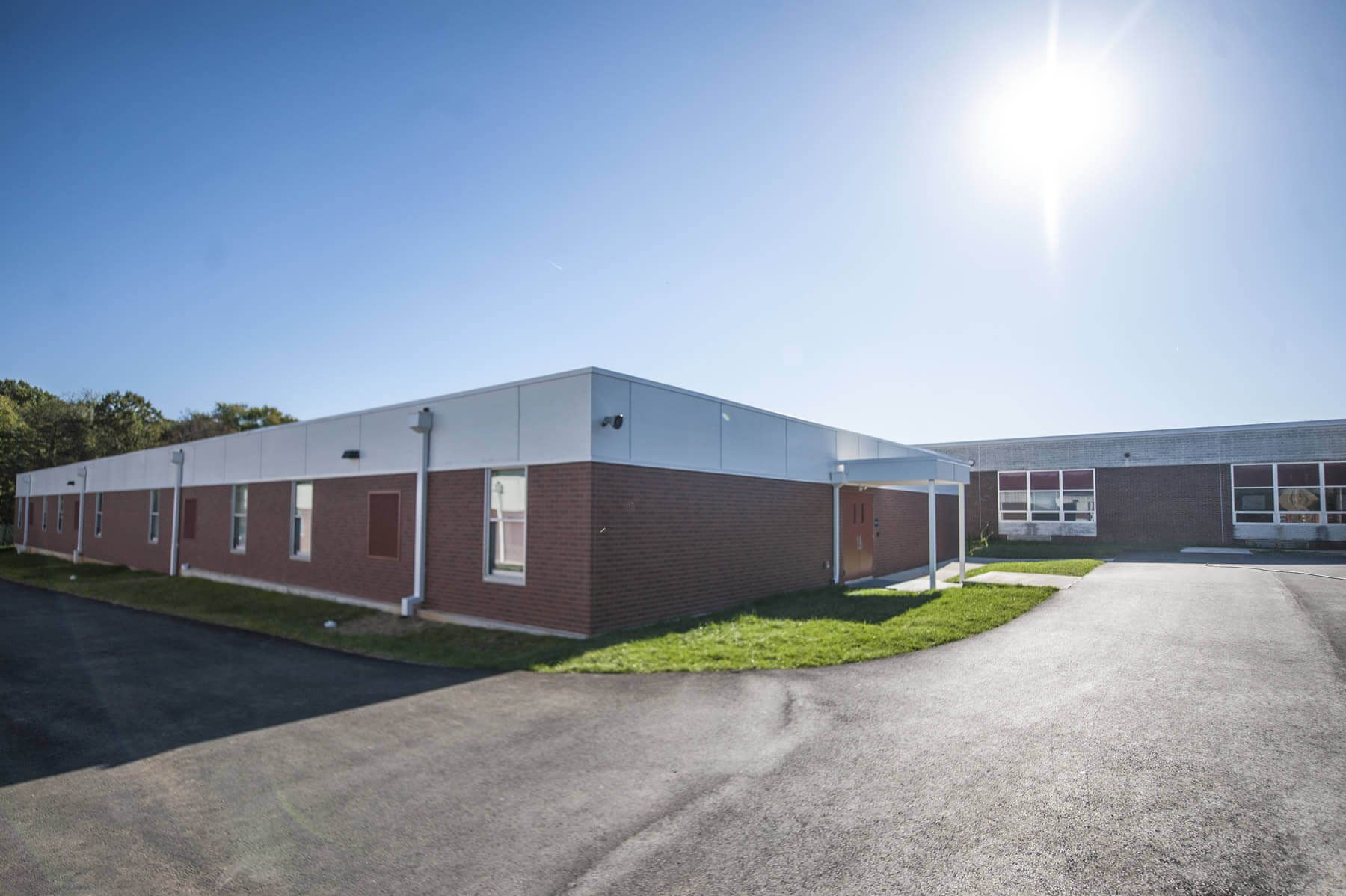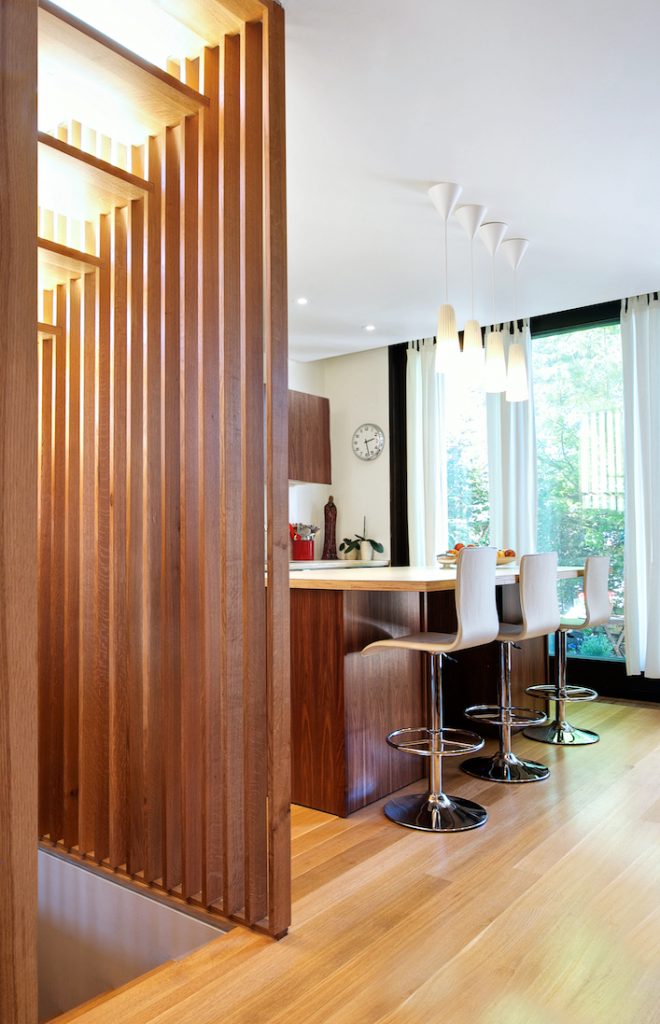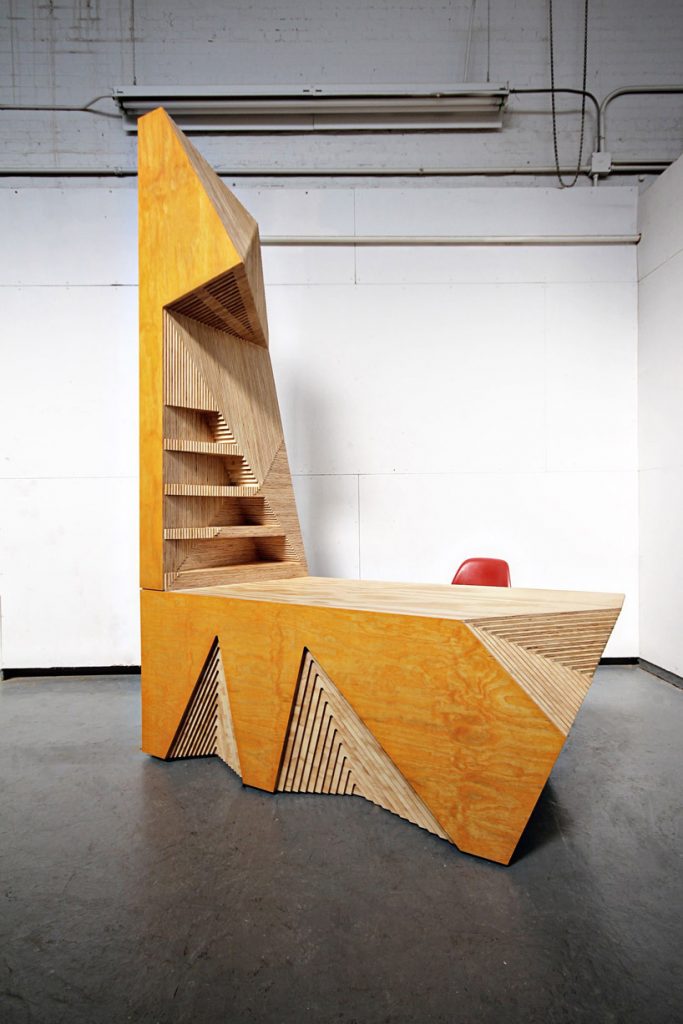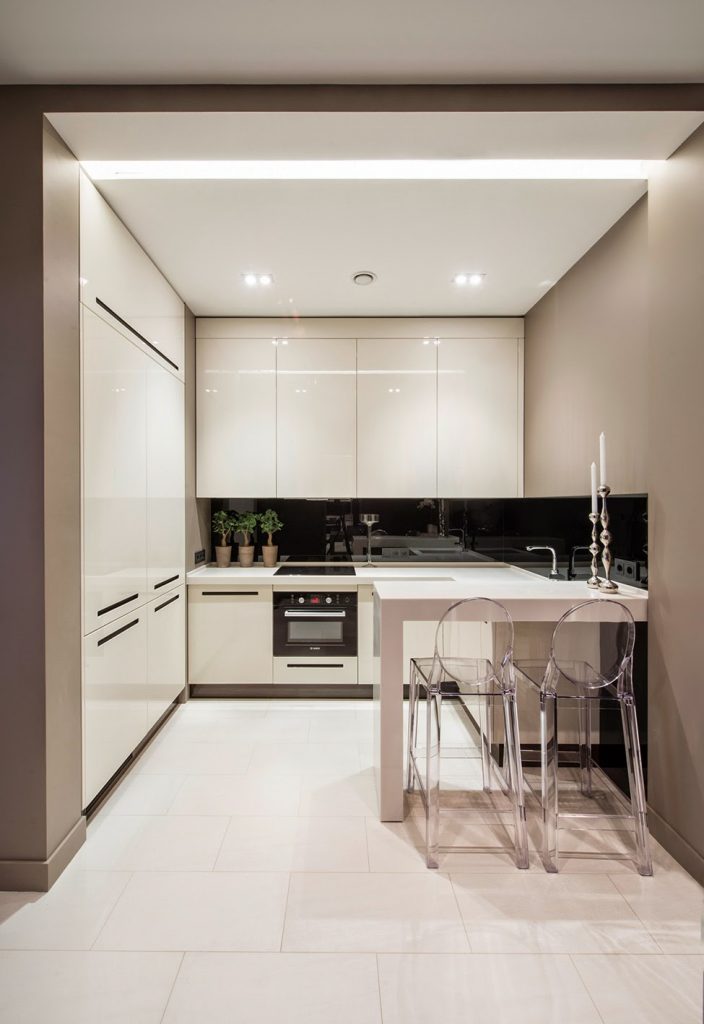Table of Content
A permanent foundation, when speaking about mobile homes, is a foundation that is built on site and of durable materials. Since mobile or manufactured homes are not categorized as “site-built” homes, it’s crucial that the foundation is. They can be permanently affixed to a permanent foundation either when it is first sited, or later as a retrofit. Not to mention, the pier and beam foundation is the most common one among options for permanent foundations. If you’re looking for your mobile home to count as real property, you may be required to have a permanent foundation.
The modular home's weight causes cracking and settling on slabs, which leads to significant long-term damage. A 2-bedroom modular home plan costs $55,000 to $90,000, while a 4-bedroom house ranges from $70,000 to $150,000 for just the base unit without set-up, installation, and finishing. Compare modular homes prices and floor plans below to estimate the total cost. The average cost to build a modular home is $80 to $160 per square foot or between $120,000 and $270,000 installed. Setting up a prefab house includes site prep, foundation, delivery, assembly, and utility construction.
Are Modular Homes Cheaper?
Some individuals will choose to keep their mobile homes on a regular foundation. However, there are times when a permanent foundation becomes necessary. If you want to sell your mobile home or finance it, you will need to put it onto a durable groundwork. Generally speaking, mobile homes aren’t usually affixed permanently to a foundation.
Moreover, positioning horizontal footings for all blocking supports and anchoring tie-down strapping for securing the steel girders. The specifically created foundation with the bolted modular home establishes the strength and stability required for a modular home’s longevity. It’s time to examine the average manufactured home price, how to get manufactured home loans, and more.
Importance of Manufactured Home Foundations
Foundation prices depend on the type, location, and size of home. A crawl space starts at $6,000, while building a basement starts at $20,000. The pier and beam system is the most popular foundation type for manufactured homes.
We’ll explain how they are constructed andinstalled on siteto create a solid base that will stand the test of time. Do your due diligence to determine what the requirements related to frost line are where you’re planning to place your mobile home. There can be different requirements depending on where you are in a state. While you may be able to find the information online, you can also try calling your local government officials to check with them.
Foundation Types For Modular Homes
The second step is to order a detailed site inspection by a land surveyor. Start shopping now or find a home center in your area to learn more about Clayton Built® home options. Next, the I-beams are followed by cross-members that connect the beams, adding stability to the foundation.
The first thing you will have to do to begin this process is to decide what you want your mobile home placed on. The four foundation systems are universal permanent solutions. You will need to check with your local building codes for additional information. Generally, a crawl-space foundation is less costly, requiring less concrete and less digging.
You can make the most of this potential to design the home of your dreams, starting with the foundation. Modular homes are safe, permanent structures that meet building code standards and regulations like site-built homes. Modular homes use 15 to 20 percent more wood and undergo strict inspection and testing before delivery. That makes them stronger and safer than traditionally built homes.

The structure of every module is built to self-stabilize itself during its transportation from the manufacturing premises to the building site. Down the road, if items like plumbing or electrical conduits need to be repaired, a slab foundation makes the process significantly more complicated. That’s why slab foundations are not preferred for modern home construction. Basements are created by digging down into the earth, building a foundation structure, then pouring concrete over it. Manufactured or mobile home designs have come a long way over the past few decades. They are configured to be used as full time living accommodations and include plumbing, heating, electrical, and air-conditioning systems.
Whether it be the cost of permits, materials, or labor, let's take a look at how much it costs to pour a permanent foundation for a mobile home. Also, the basement walls and footings will need to meet building codes specific to your area. These codes will depend on certain things, such as the local rainfall and soil conditions. So, the base price of a modular home doesn’t include its foundation cost, but overall process costs are lesser than the stick-built homes. One of the primary reasons modular homes are in rage in real estate is their affordability. You can get a modern and sleek residence at 15% less than the price of stick-built homes.
However, most mobile homeowners will pay between $4,500 and $12,000. There are many options when it comes to choosing a permanent foundation for your mobile home. The best choice for you depends on your preferences, and also your local weather.
Lastly, outriggers are welded to the steel I-beams for additional strength and support. The steel frame also provides support to the home during transportation. On the other hand, a crawlspace doesn’t offer you any additional livable space the way a basement might. A crawl space is an open area under the home that provides access to electrical and plumbing. The name comes from the fact that these spaces usually have to be accessed by crawling since the area isn’t tall enough for someone to stand upright. Worthy Inspection Services provides complete and affordable home inspection services in Central Washington.









